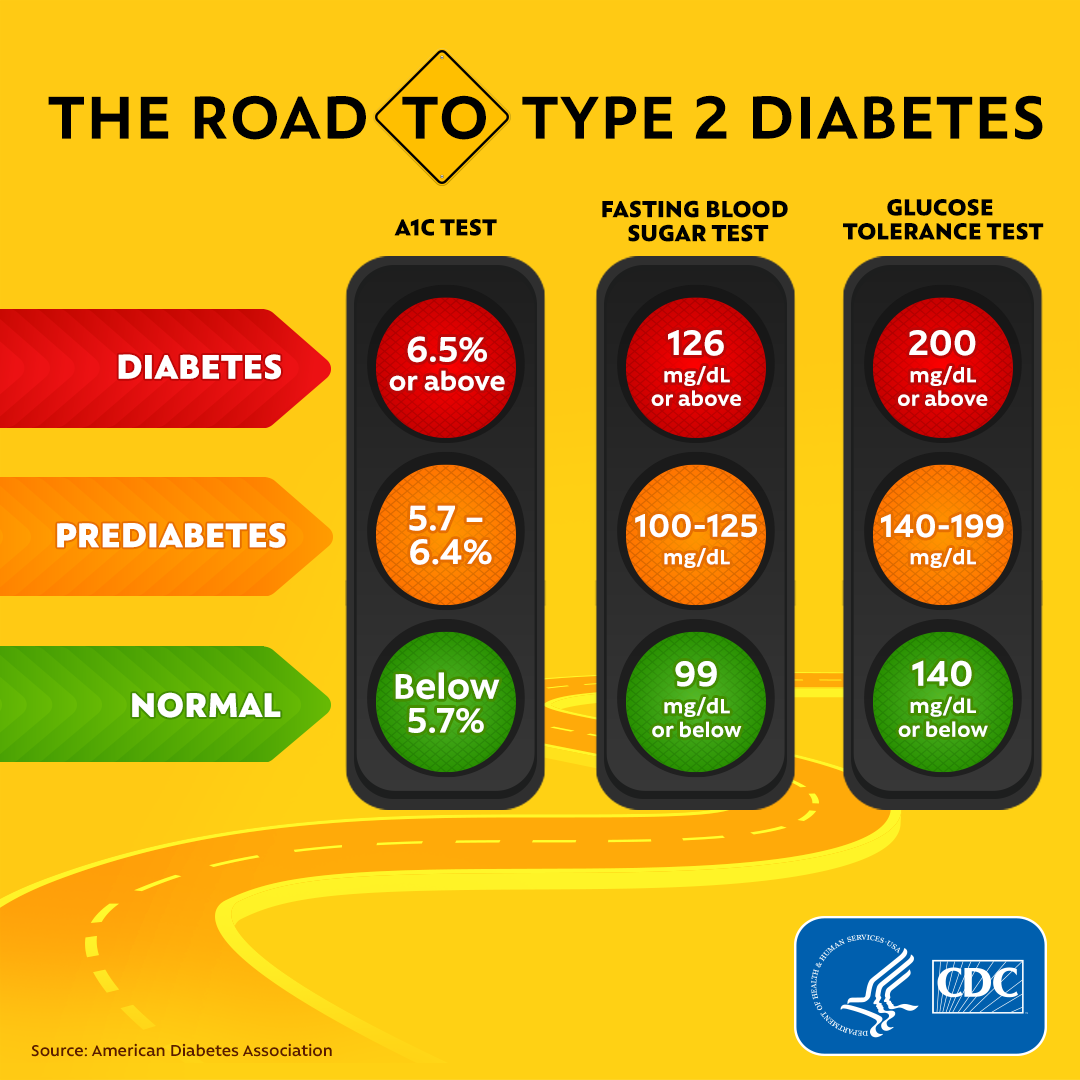 |
|
Maintaining healthy blood sugar levels is beneficial for retinal health. Photo: CDC. Click image to enlarge. |
Recent evidence has demonstrated that significant retinal thinning occurs in diabetic eyes without clinically detectable diabetic retinopathy (DR). However, little is known about whether this precedes the diagnosis of diabetes. Researchers recently investigated the association between glycated hemoglobin (HbA1c) levels and retinal sublayer thicknesses in people with and without diabetes. They determined, in a large study of UK Biobank participants with and without diabetes, that those with higher blood sugar levels in the normal range (<48.0mmol/mol) had marginally thinner photoreceptor thickness, whereas those with diabetes (including undiagnosed diabetes) had meaningfully thinner retinal sublayer and total macular thickness.
The study included 41,453 UK Biobank participants aged 40 to 69 who were categorized into groups: (1) those with HbA1c <48mmol/mol who were subdivided into quintiles according to the normal range of HbA1c, (2) those previously diagnosed with diabetes with no evidence of DR and (3) undiagnosed diabetes >48mmol/mol. Total macular and retinal sublayer thicknesses were derived from SD-OCT images.
Compared with participants in the second quintile of the normal HbA1c range, those in the fifth quintile had a thinner photoreceptor layer thickness (-0.33µm). Participants with diagnosed diabetes had a thinner macular retinal nerve fiber layer (RNFL; -0.58µm), photoreceptor layer thickness (-0.94µm) and total macular thickness (-1.61µm). Undiagnosed diabetes participants had a reduced photoreceptor layer thickness (-1.22µm) and total macular thickness (-2.26µm). Compared with participants without diabetes, those with diabetes had a thinner macular RNFL (-0.50µm), photoreceptor layer thickness (-0.77µm) and total macular thickness (-1.36µm).
“After adjusting for demographic, cardiovascular risk factors and ocular factors, the associations between HbA1c and diabetes status with retinal layer thickness were attenuated, especially for photoreceptor and total macular thickness,” the study authors wrote in their paper. “This suggests that lifestyle advice to maintain HbA1c level <48.0mmol/mol, which improves blood pressure or lipid levels, may also be beneficial for retinal health.”
Although the glycemia-related changes were absent or minimal for most of the retinal layers, their results added to the growing evidence of early retinal neurodegeneration in people with diabetes and in people whose blood sugar levels are below the current diabetes diagnostic threshold.
Chua SYL, Welsh P, Sun Z, et al. Associations between HbA1c across the normal range, diagnosed, and undiagnosed diabetes and retinal layer thickness in UK Biobank cohort. Transl Vis Sci Technol. 2023;12(2):25. |


